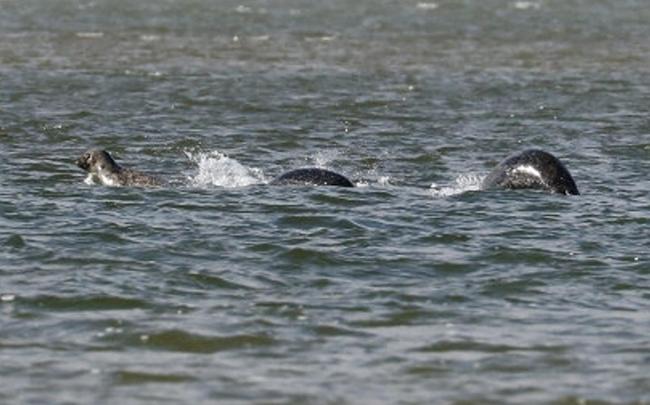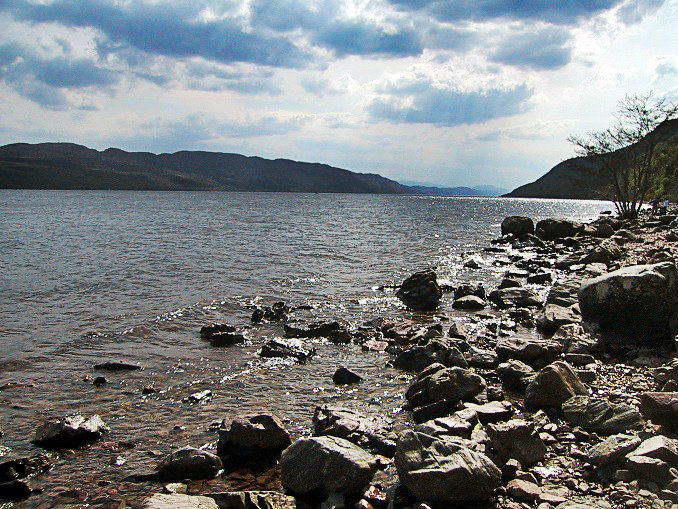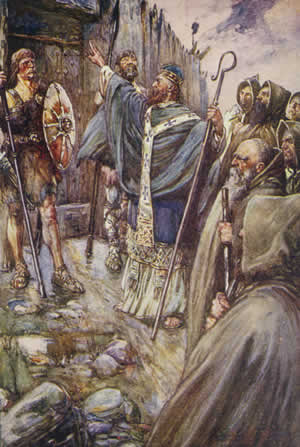Loch Ness Monster Returns!
Loch Ness (Scottish Gaelic: Loch Nis) is a freshwater loch in the Scottish Highlands (Scottish Gaelic: A' Ghàidhealtachd). The Loch is a maximum of twenty two and a half miles (36.2km) long with a maximum width of just over one and a half miles (2.7km). The rivers Tarff, Coiltie, Moriston, Farigaig, Enrich, Foyers and Oich along with a number of burns flow into the loch which at its deepest is over 754 feet (230m). It is a place of great beauty and attracts many thousands of visitors.
Loch Ness is also famous for being home to the mysterious large aquatic animal known as the Loch Ness Monster, affectionately known by the nickname Nessie (Scottish Gaelic:Niseag). Over many years people have claimed to have seen Nessie in the Loch and their descriptions have led to speculation that, if it exists, it could be related to the plesiosaurs. Plesiosaurs first appeared about 205 million years ago but have been extinct for some 66 million years. The few photographs said to be of the creature are very controversial and they, along with some sonar readings, are disputed.
Not one to shun publicity for too long Nessie is reported to have resurfaced to remind us of her existence. The latest picture comes from amateur photographer Ian Bremner, 58. A keen photographer of the natural beauty of the region, he caught the image of Nessie in the Loch as he was driving around the Highlands in search of red deer, as reported in the Scottish newspaper The Scotsman. But it was not until he got back to his home in Nigg, Invergordon, that he noticed in his picture three humps emerging from the water which he thinks could be the elusive monster.
Despite all attempts to dismiss tales of a monster in Loch Ness there appears to be no end to claimed sightings of Nessie. It is certainly not a new phemonamana. The first recorded siting dating back to a passage in the seventh century "The Life of St Columba" written by Adomnán of Iona. Saint Columba is credited with spreading Christianity in Scotland. In Adomnán’s account of St Columba’s life which was written some 100 after his death, Columba came across a group of people burying a man by the River Ness during his journey through the lands of the Picts. Columba was told that the man had been attacked by a “water beast” which had dragged him under the water. In this story Columba sent his follower Luigne moccu Min to swim across the river. When the beast came after him, Columba made the sign of the cross and ordered the beast to leave which it duly did.
Nessie has reminded us of its presence ever since and it's always great to see it make a return visit. Whether you believe in the Loch Ness Monster or not, one thing is for sure, the world is a much more interesting place with the possibility of such a great creature being in it.



- Douglas MacQueen's blog
- Log in to post comments





